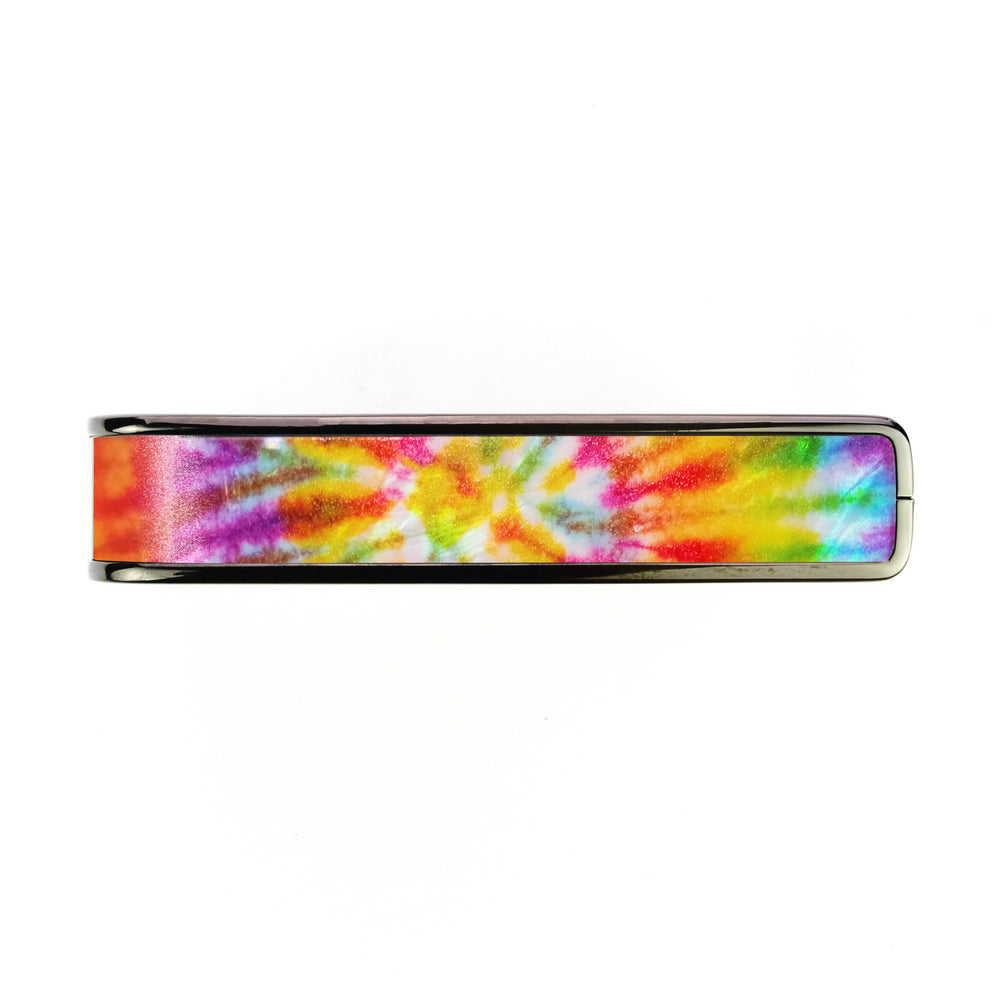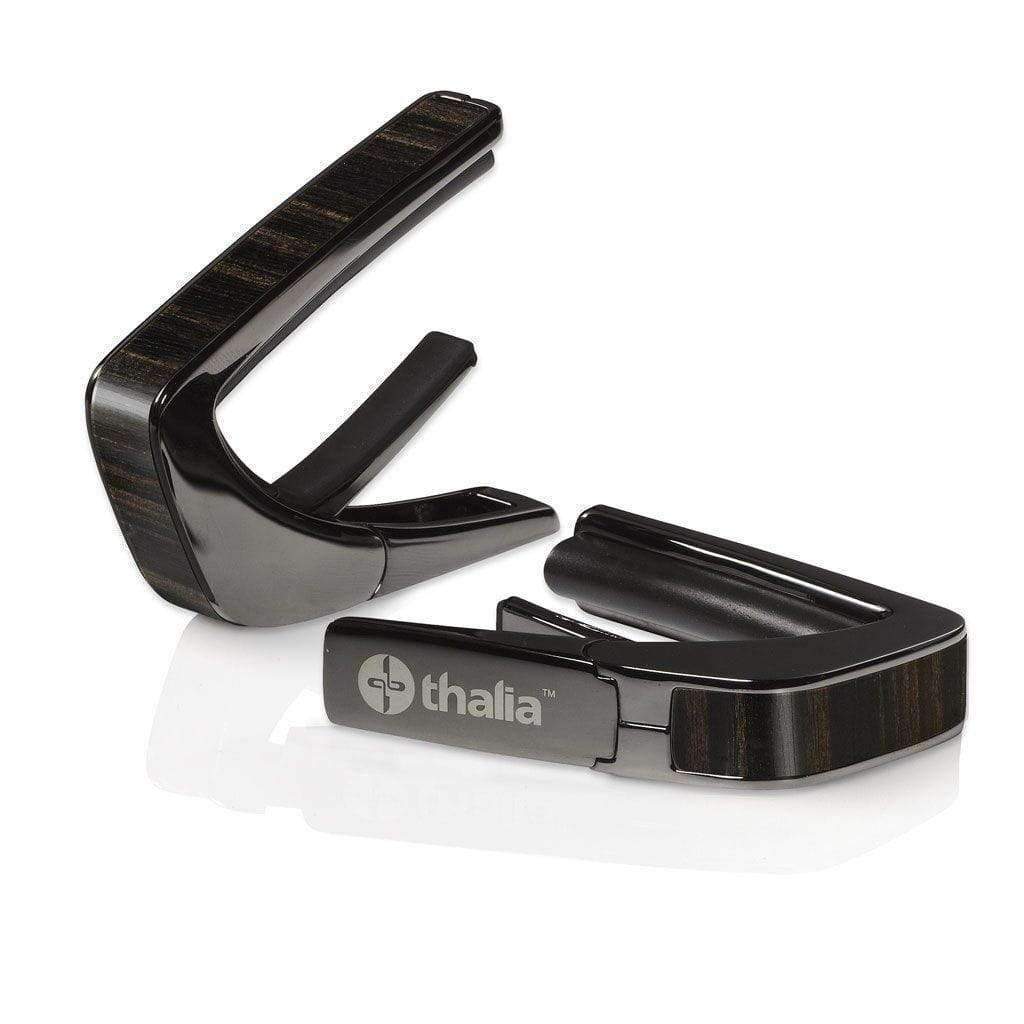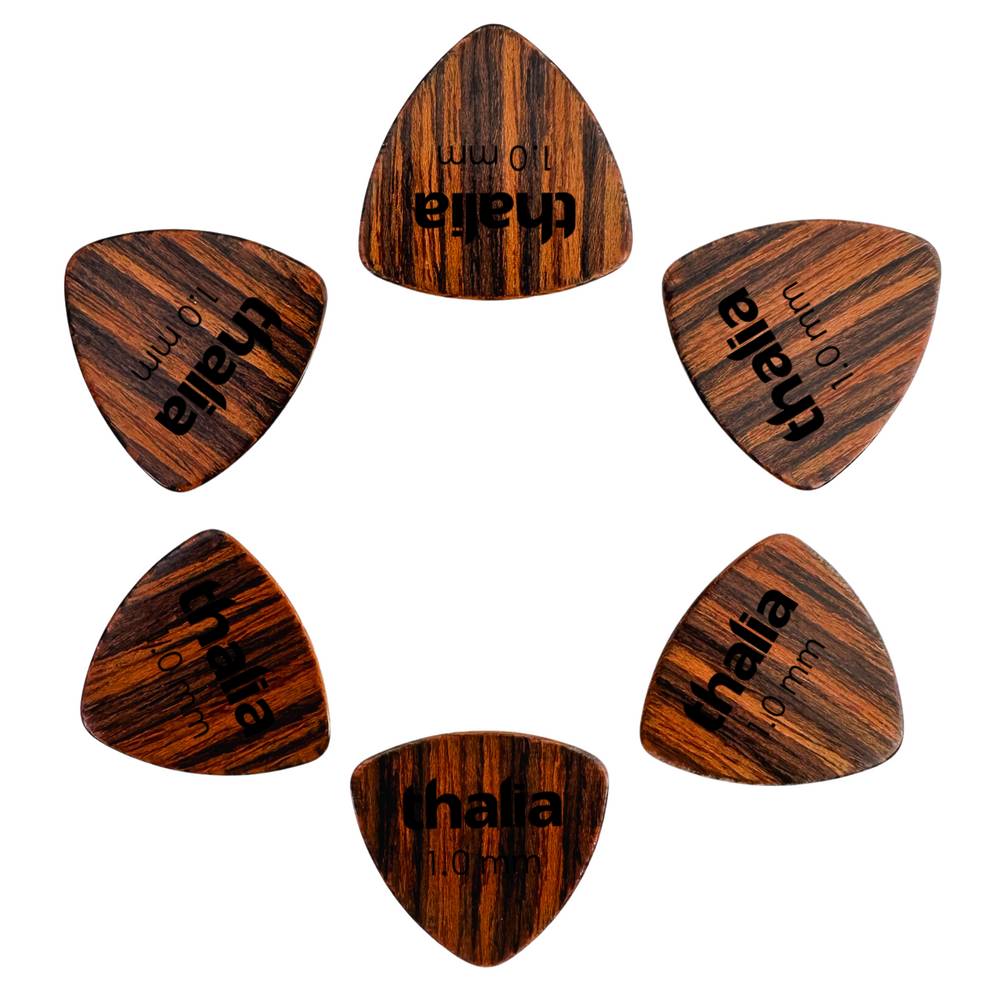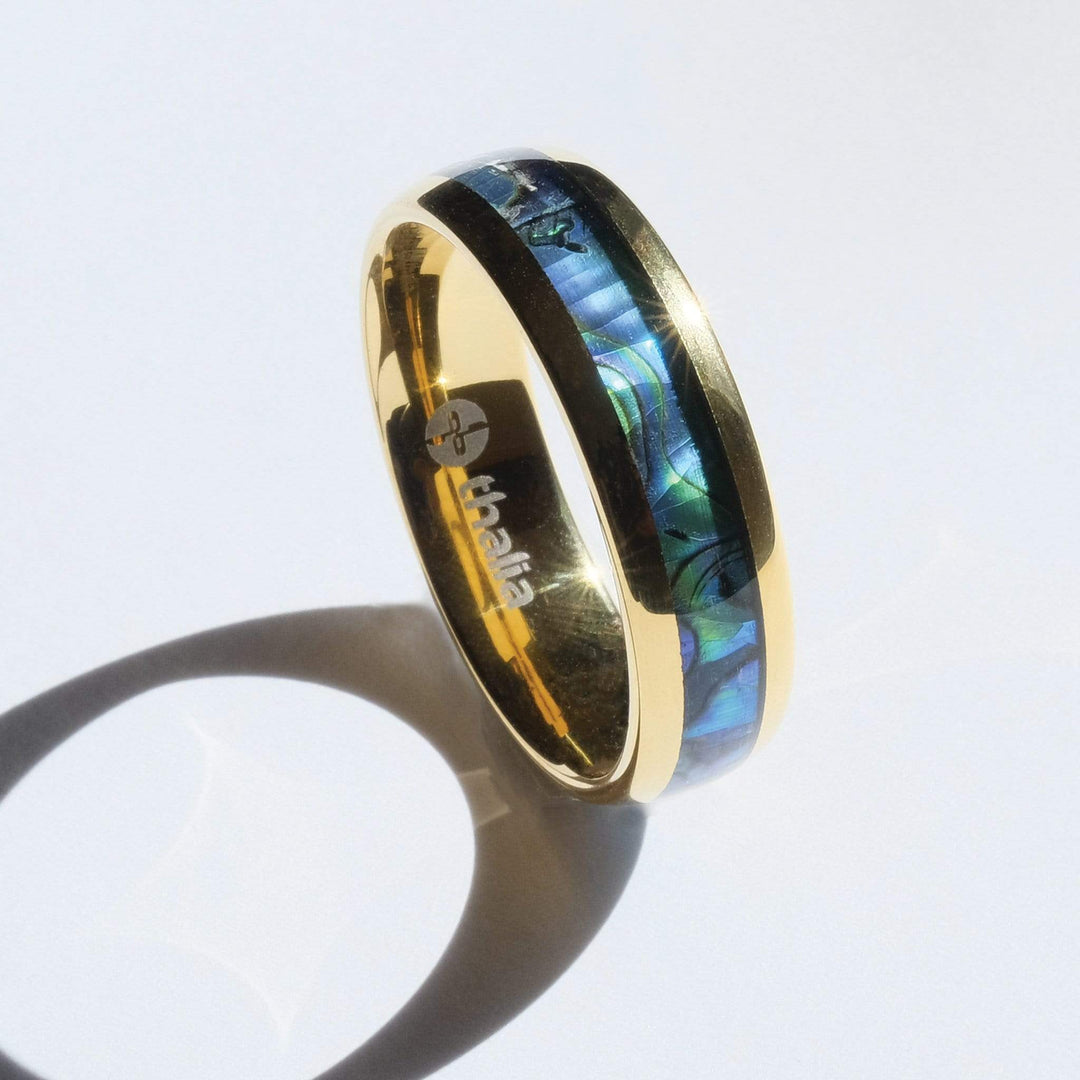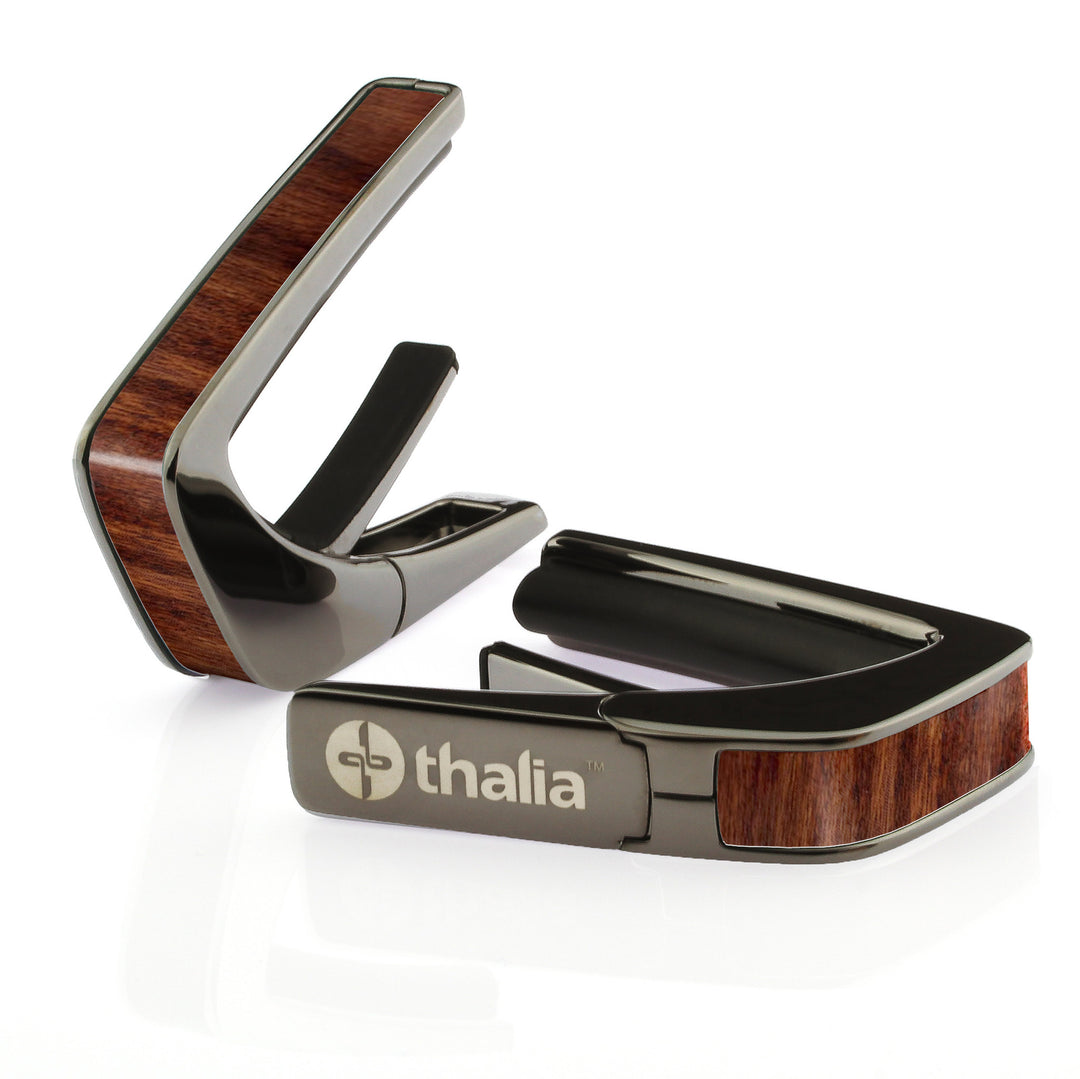Eric Clapton: The Gibson Years
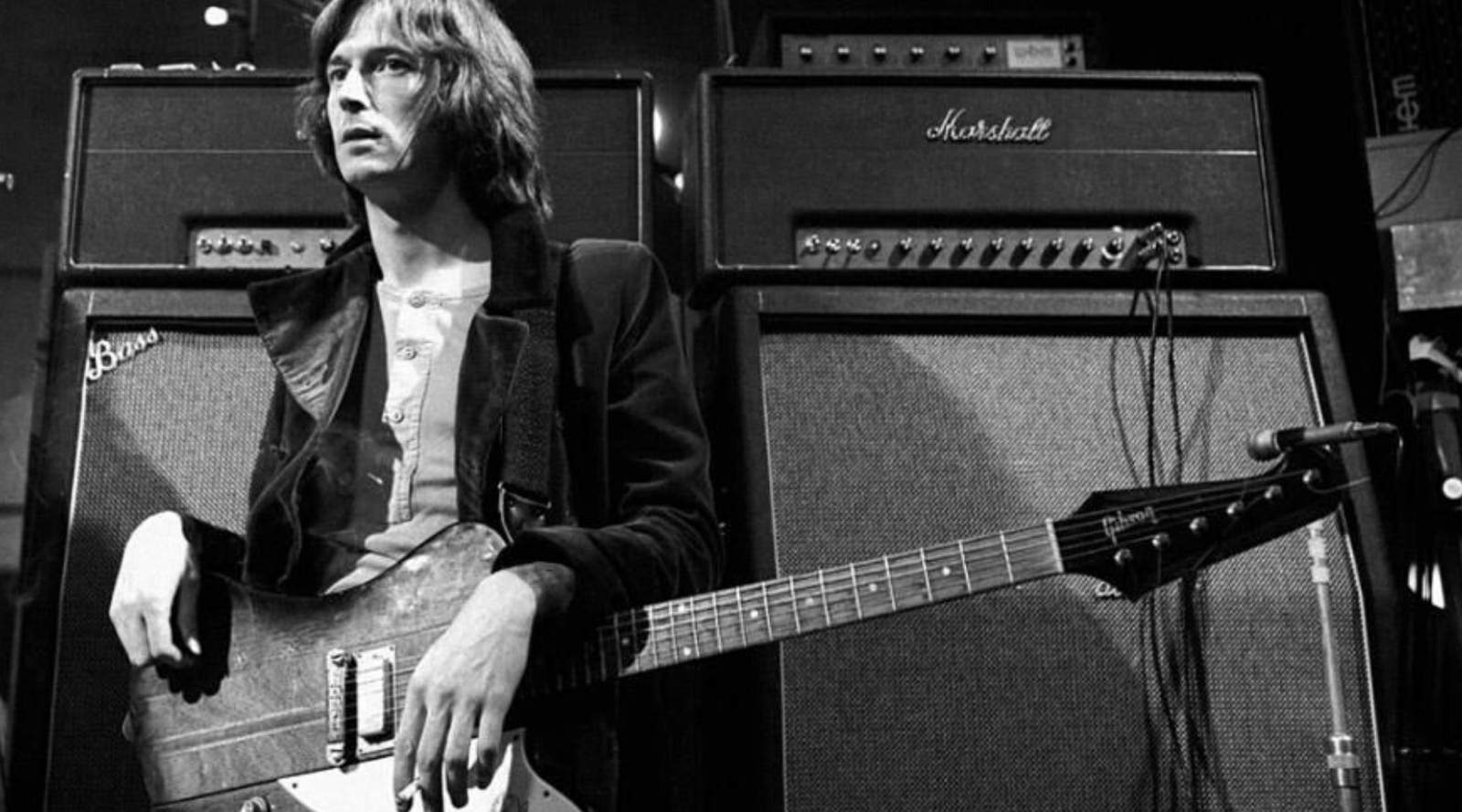
In 1970, Derek and the Dominos released “Layla and Other Assorted Love Songs,” one of the landmark rock albums of all time.
Arguably Eric Clapton’s definitive musical statement, “Layla” is also the record that made Slowhand synonymous with the Fender Stratocaster. In no small part, that’s because one of his most famous guitars, “Brownie,” graces the back cover.
Since the release of that record, Leo Fender’s greatest creation has remained Eric’s go-to electric instrument (for the most part, anyway). But, while Clapton and Fender are synonymous today, his early sound, and some of his most famous recordings, were actually created using Gibson instruments.
Today, we’re going to run through Eric Clapton’s Gibson years, and three of the Ted McCarty-and-co designed guitars that he staked his name with.
ES-335 (Cherry Red)
"It was a rock guitar, a blues guitar—the real thing. "It was played regularly over the years. It got on albums; it never really changed. It never got old; it never wore down. It never lost anything. I'd play it now. Anything that's been that long in my life and is still functional—there aren't too many things that can command that kind of respect."
- Eric Clapton on his ES-335 (Six-String Stories, 2013)

Cream aficionados will no doubt recognize this 1964 block-marker Cherry Red ES-335TDC. Widely known as “The Albert Hall 335” It’s the one that Eric played during the band’s final concerts at the famous London venue in 1968, and was documented in the Tony Palmer-directed Cream Farewell Concert film.
Where this guitar came from, however, remains something of a mystery. When Clapton sold the instrument during a 2004 Christie’s auction (for a whopping $847,500 no less), his catalogue description read:
"This is the second electric guitar I bought. I had a pinky red Telecaster, and then this. … I bought this brand new, either from Denmark Street or Charing Cross Road. … I went and bought [this] guitar [as soon as I saw it] with the first money I managed to save up [by] playing with The Yardbirds … I've had it ever since."
As guitar historian Tony Bacon notes, though, there’s some debate about whether Clapton was confusing his 335 with the one played by Yardbirds guitarist Chris Dreja, as the two would sometimes swap instruments onstage. Indeed, Bacon reasons that Clapton probably bought his 335 second hand from Selmer in London a few weeks before the Albert Hall Performance.
The “Beano” Les Paul
Purchased in June 1965, this Cherry Sunburst Les Paul was the guitar that Clapton made his guitar god name with. Used on “John Mayall and the Bluesbreakers with Eric Clapton” (the Beano comic Eric reads on the album’s cover is what gave the guitar its name) the Les Paul played through a distorted Marshall amp resulted in the first of Clapton “signature sounds.” And, in part, the success of the album is what prompted Gibson to put Les Pauls back into production in 1968.
The guitar, widely believed to be a ’60 model, was stolen during Cream’s initial rehearsals in 1966. However, in 2016, Joe Bonamassa told Guitarist magazine that he knew the where abouts of the instrument, and that it’s not actually a ’60 as many had expected:
"It's a '59, not a '60, it's got double-white [humbucker] in the front and it's got a double-black [in the bridge]. It has a pretty plain top and it is in a collection on the East Coast of America. That's all I can tell you—and that's all I will say. It still exists and I haven't seen it, but I have it on good authority from people who have. And it's got the little 'fingerprint' by the pots and they can trace it back."
“The Fool” SG
 Purchased by Clapton in March 1967 (likely March 13th Christopher Hjort's Strange Brew book states), “The Fool” SG is probably the most famous Gibson instrument Slowhand ever played. In no small part, that’s due to its striking looks.
Purchased by Clapton in March 1967 (likely March 13th Christopher Hjort's Strange Brew book states), “The Fool” SG is probably the most famous Gibson instrument Slowhand ever played. In no small part, that’s due to its striking looks.
Soon after Clapton purchased the instrument, he had guitar refinished, resulting in its now-iconic "psychedelic fantasy" aesthetic. Eric commissioned the art collective known as “The Fool” – who were already producing clothing for the likes of The Beatles, The Hollies, Procol Harum, The Incredible String Band and The Move – to give the instrument its radical makeover.
While many initially believed “the Fool” to be a 1961 SG/Les Paul, it’s since been accepted that it’s a ’64 model. As Vintage Guitar notes:
“A primary bit of evidence is the pickguard, which has six screws as the later years’ pickguards do, rather than the earlier five screws, as was standard on the ’61 SG/Les Paul. In addition, it has patent-number pickups, not the earlier “Patent Applied For” pickups Gibson ceased using circa 1962.”
 Clapton used the guitar for much of the recording of Cream’s “Disreali Gears” album and it featured as his main road instrument throughout ’67 and ’68. As Reverb states, the guitar underwent some towards the end of the ’68 tour:
Clapton used the guitar for much of the recording of Cream’s “Disreali Gears” album and it featured as his main road instrument throughout ’67 and ’68. As Reverb states, the guitar underwent some towards the end of the ’68 tour:
“Eric had the Vibrola's arm and mechanism removed, leaving the remaining frame as a simple, sturdy tailpiece. He replaced the guitar's original Kluson tuners with robust Grovers, a popular move at the time and one he was familiar with from his Les Pauls. Paint began to flake from the back of the neck, which must have made for an unpleasant handful, and he had at least some of the extra paint there permanently removed.”
Clapton eventually parted with the SG, and there’s been some speculation that he initially gifted it to George Harrison. Whether that’s true or not, it definitely ended up with George’s Liverpool musician friend Jackie Lomax, who sold the guitar to Todd Rundgren in 1971. Rundgren, who played the guitar intermittently until the mid-1990s:
“…replaced the remains of the Vibrola with a stopbar and an incongruous Schaller "harmonica" Tune-o-matic. He also had the body paint restored and sealed, and he had someone replace and re-paint part of the neck and the headstock.”
Appropriately enough, he nicknamed it Sunny, in reference to its use on Cream’s “Sunshine of Your Love”
What’s your favorite Eric Clapton Gibson? Did you ever see him live with Cream, Bluesbreakers or Derek and the Dominos? Share your stories in the comments.







